This Ex-CT Surfer Says These Few Things Will Improve Your Surfing
From generating speed to landing your first air with Brett Simpson.
Ever see After Porn Ends on Netflix? It highlights the disparity of adult stars as they try to start new careers and live a normal life. It’s sad. Life after professional surfing isn’t much like that. But, one thing’s certain, men (or women) who’ve never worked a day in an office setting find the thought of entering one daunting. Most do what they can to surf as much as possible and keep the dream alive. Whatever scam it takes, right?
Recently, Hurley turned nearly all of their team riders into surf coaches. But instead of trying to mould the next John Florence, they’ve tapped into the vein that everyone wants to get better and have given everyone an outlet to do so, free of charge. I gave it a go, got my feedback and try to implement the critique while riding the occasional wave (you can view my best floating alligator impression and live bait for Stab’s pirañas here).
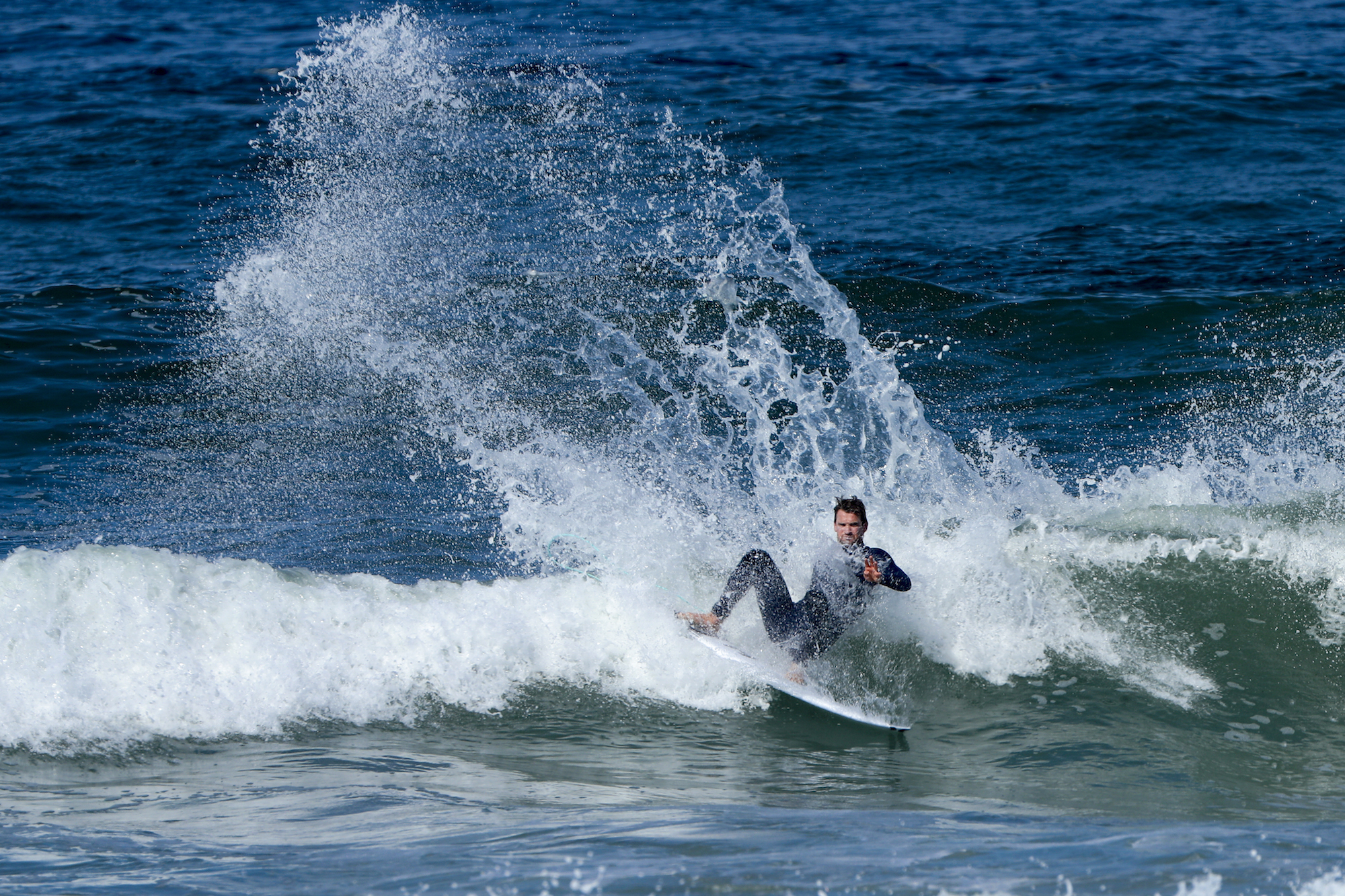
The curious case of the spray that’s three times the size of the wave.
Photography
Stan Sievers
Becoming a surf coach after the CT, however, is like taking a role as an English teacher following your Master’s Degree in Poetry. Coaching, like analysing T.S Eliot, is a traditional route, so traditional that most pro surfers at the peak of their career will probably tell you they won’t be back at the contest site tweaking and analysing heat strategy.
“When I was on tour I never thought I wanted to coach,” Brett Simpson tells Stab as a member of Hurley’s coaching staff. “What I like about the Hurley Surf Club is, I’m not coaching anyone towards winning heats and contests. It’s just average kids and adults that want to improve their surfing for the most part. I always have middle aged to older people asking me if they can be a part of the Hurley Surf Club sessions, it’s great. I feel surfing is the same as any sport, if you’re doing it, you want to get better. And, there’s no age discrimination in the Hurley Surf Club.”
HSC holds events in Hawaii, California, New York, Hossegor, San Sebastian, Newquay, on the Gold Coast and in Portugal. They’re hosted by ex-CT and professional surfers like Brett, Yadin Nicol, Rob Machado and more. “We go surf for an hour or so and film the session,” says Brett. “Not everyone gets their best waves sometimes, but what’s cool is most people don’t get to see themselves surfing. The more you see yourself surf the easier it is to improve. We then give advice on how to improve so during their next session they have one or two things to work on. It gives each surf an extra purpose. We usually have around six people per session. We try to keep the classes small so everyone can get individual work.”
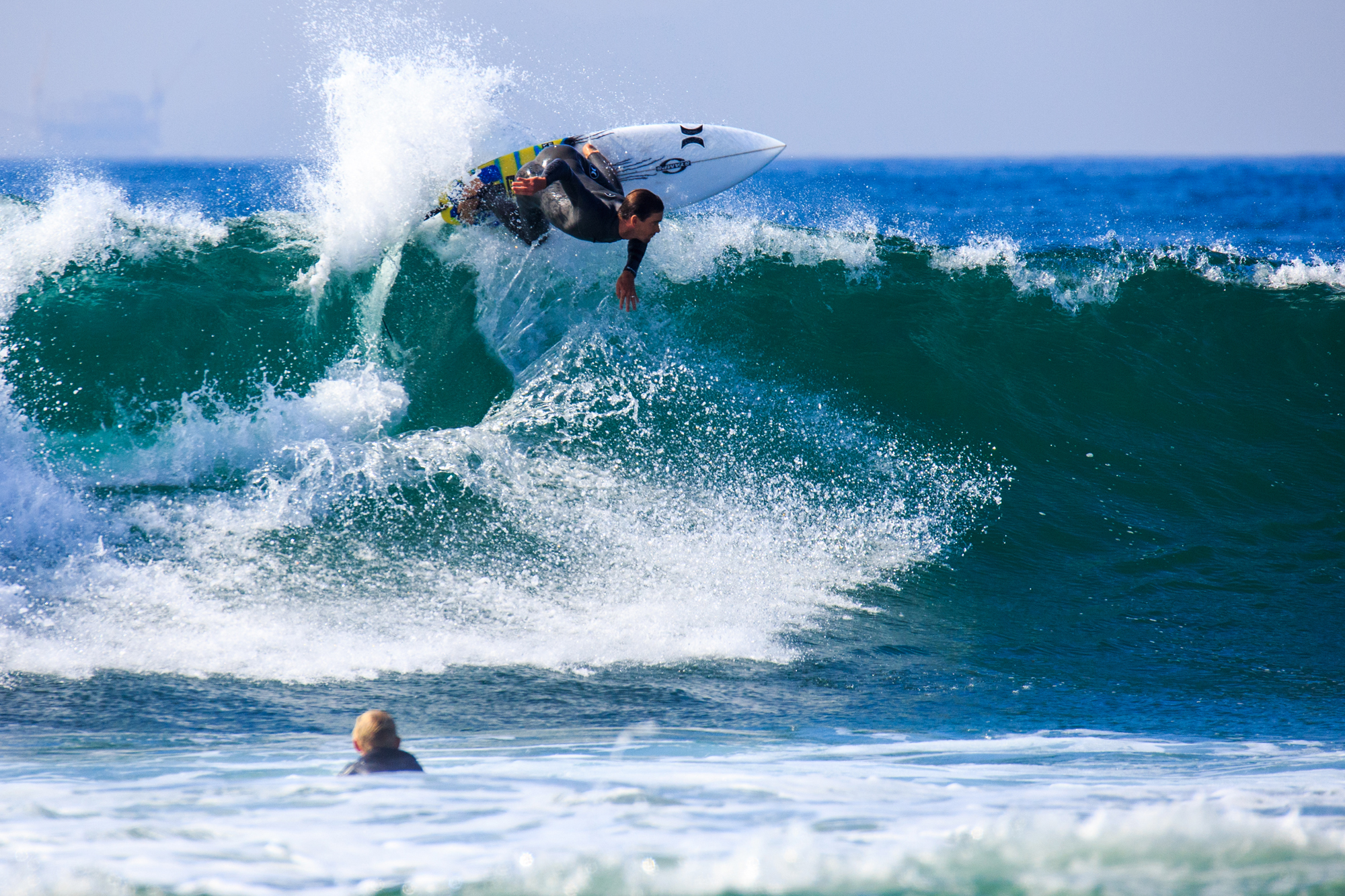
Brett juices this wave like an LA housewife at Whole Foods.
Photography
Ricky Birks
I ask Brett what the most common mistakes people make heading into the HSC sessions. “A lot of people don’t position themselves right,” he says. “They stand up in one place and do a hula hoop motion to pump or just bend up and down. When they pop up, they stay wherever their feet land and just need to learn to step up a little. When they turn they aren’t far enough back on their board. It’s as simple as having your back foot over your back fin, that’s the pivot point.”
“This one seems obvious,” he continues. “But people don’t use the right part of the wave for speed. Especially in Southern California, if you do a deep bottom turn you lose all your speed. I try to teach kids to use the top three-quarters of the wave. Then a lot of times, when people take too deep a bottom turn and they try to come off the top they lose the wave. Realistically, it all comes down to timing, but using that top three-quarter section of the wave is where I teach people to generate their speed.”
“Also, when people try to start doing airs a lot of time they project up and out,” he says. “The wave rolls on and they find themselves out the back. What you want to do is project towards the flats because the wave is going to roll on, then you can catch it at the right space.
“The last thing, and the most important is a lot of people are riding the wrong equipment. I don’t really like having to tell someone their board is too small because it requires an investment. But, the first step to getting better is riding the right board for your skill set.”
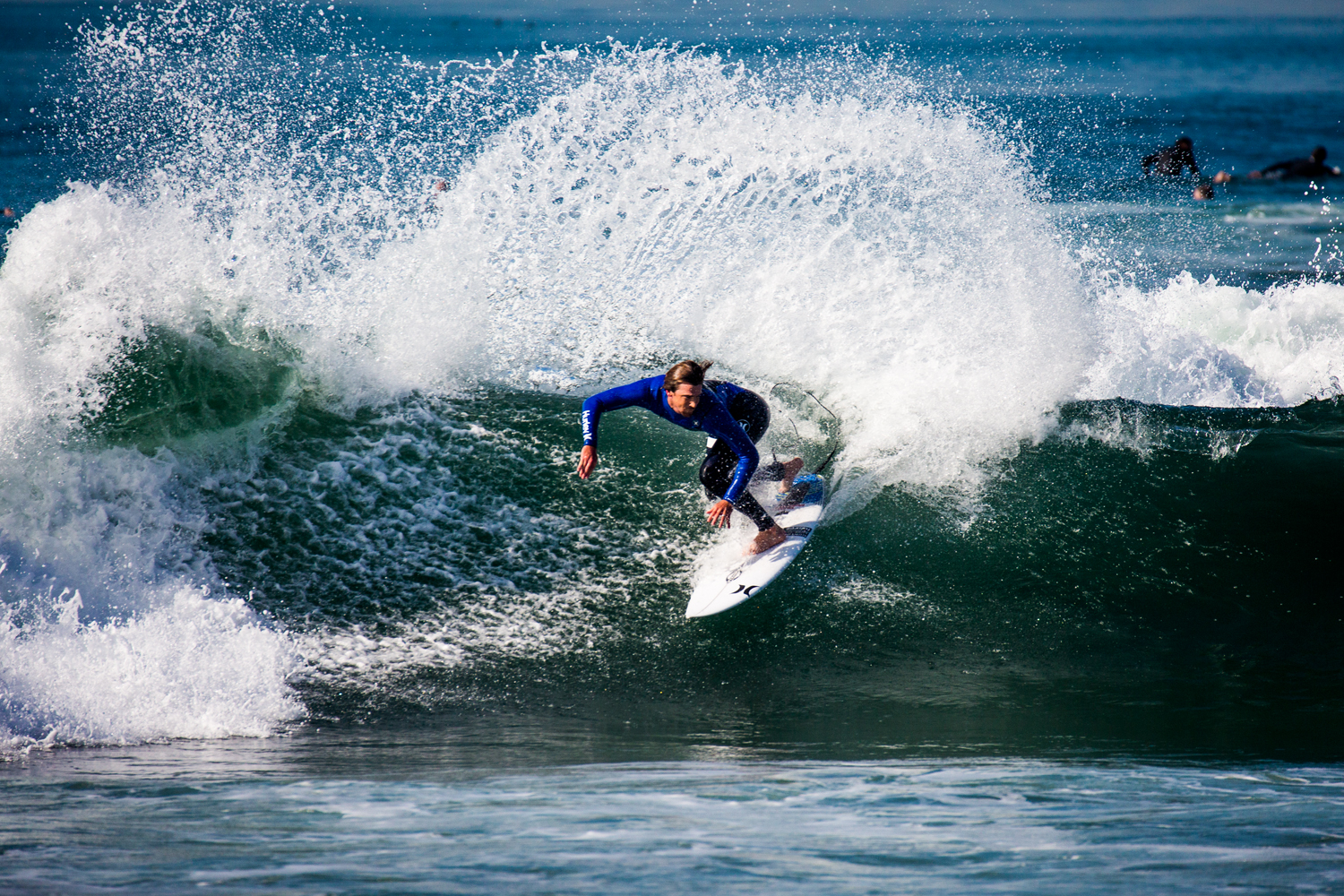
The pivot point.
Photography
Ricky Birks
The intricacies of the ocean are infinite, and surfing well is about how you adapt. If you’ve never seen yourself on film, I recommend it. That turn that felt good appears to be 50 percent less than what was in your head. It’s sobering and pinpoints the aspects that need work. After all, there’s nothing wrong with wanting to be a better surfer.
“We (the Hurley) team laugh about how we’re all coaches now,” says Brett. “But, we’d rather be doing this than an autograph signing. It’s really showed me how many people actually want to get better. Whether it’s a younger kid trying to become a professional or the everyday surfer, they’re stoked on it. It gives me that warm, fuzzy feeling in my heart,’ he laughs.
If you’d like to join a Hurley Surf Club session, click here and sign up. Not everyone has a filmer, so let Hurley do the heavy lifting and reap the benefits.
Or if you already have footage, submit it here for a detailed analysis on what you’re doing wrong and how to correct it.

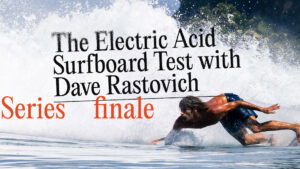
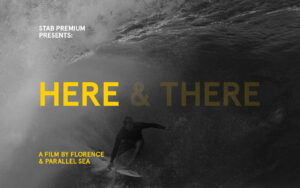

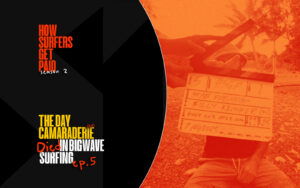









Comments
Comments are a Stab Premium feature. Gotta join to talk shop.
Already a member? Sign In
Want to join? Sign Up